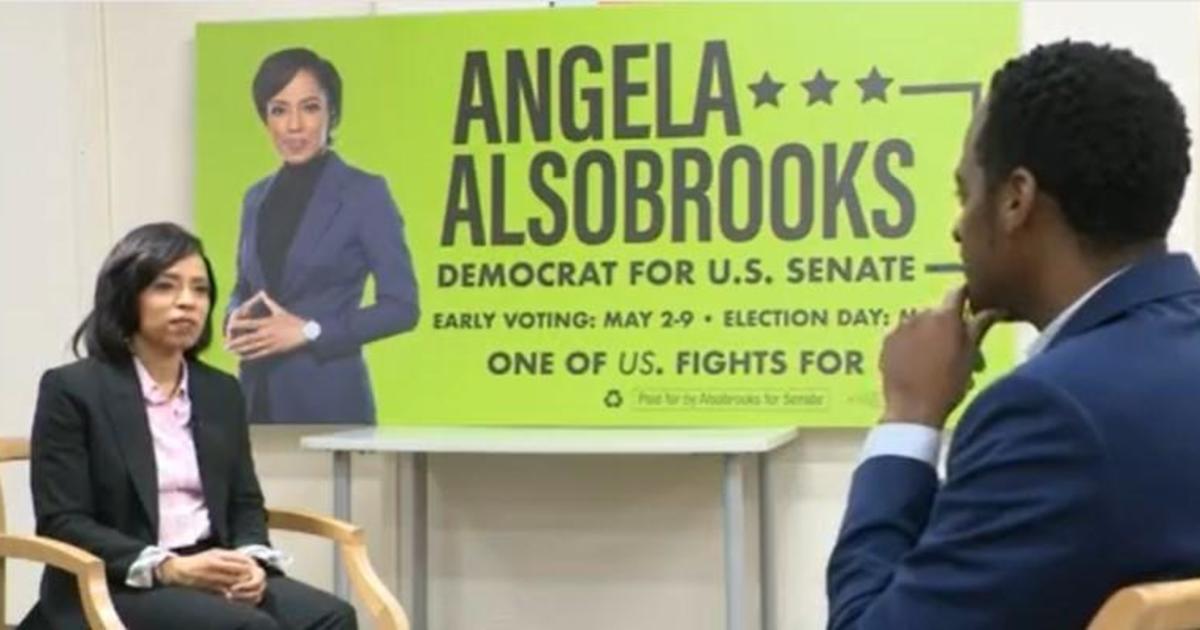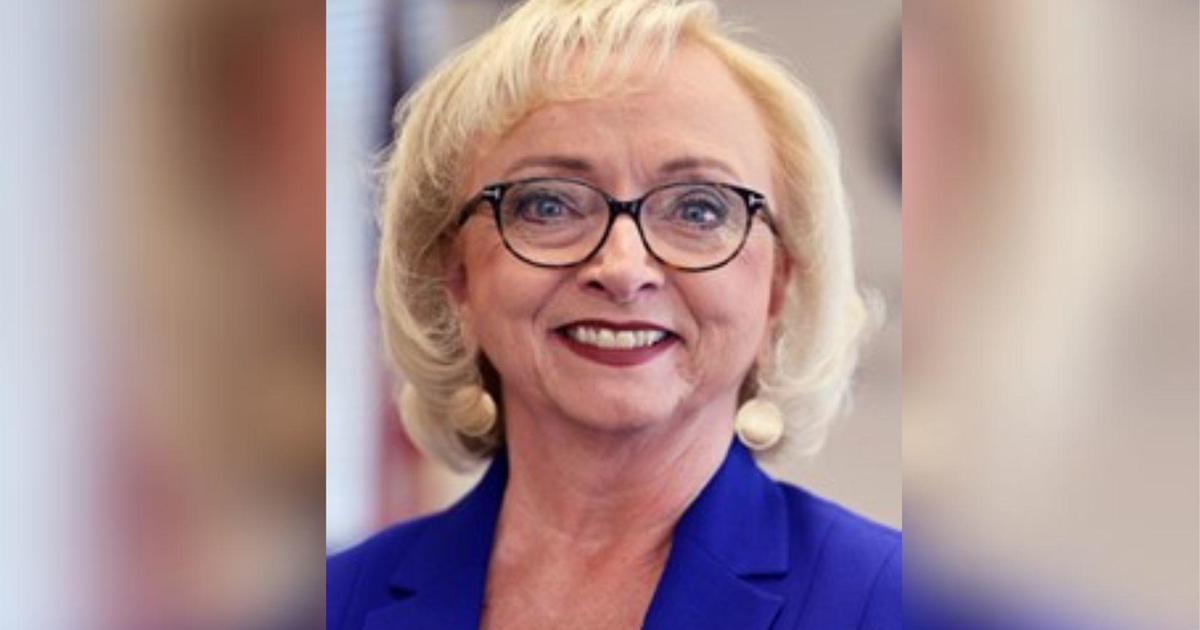Black Towns, Established By Freed Slaves, Are Dying Out
DeNEEN L. BROWN
The Washington Post
SUGARLAND, Md. (AP) -- The old people used to say that Sugarland, Maryland, one of the hundreds of all-black towns and communities established by freed slaves after the Civil War, got its name because its founders believed that "the women here were as sweet as sugar."
Gwendora Reese, 73, and her cousins Nettie Johnson La'Master, 74, and Suzanne Johnson, 65 -- who are direct descendants of the town's founders -- are telling the story of Sugarland. Reese and La'Master grew up here, in wood-frame houses built by their fathers, direct descendants of freed slaves who founded this community about an hour's drive north of Washington.
They remember their mothers canning peaches and their siblings skipping along dirt roads, playing tag among fruit orchards. They remember sitting on the hard benches in the church built by former slaves. And visiting elders who spoke with pride about a community founded and run by blacks. Sugarland had its own general store and postmaster.
"It was a community born out of slavery," Reese says. "The church was one of the first community buildings they built. By them being in slavery, they learned trades. Some were blacksmiths. My great-grandfather made bricks. They took the skills they learned in slavery and helped each other building log cabins."
Sugarland was founded on Oct. 6, 1871, when three freedmen -- William Taylor, Patrick Hebron Jr. and John H. Diggs -- "purchased land for a church from George W. Dawson, a white former slave owner, for the sum of $25," Reese says. The founders made a small down payment and continued to pay until the debt was settled. The deed dictated that the land be used for a church, a school and "as a burial site for people of African descent."
Today, Sugarland is mostly horse country with million-dollar homes that sit on rolling hills. Many of the houses that former slaves built have been torn down. The forest has overtaken lots where freedmen once lived. The winding dirt roads that separated this black community from a white world are now paved.
But Reese, La'Master and Johnson remember a different place. "It used to be you could stand on a hill and see all over Sugarland," Reese says wistfully.
At the war's end, 4 million enslaved people suddenly faced stark decisions. Many wondered where they would go, what they would eat and how they would survive. Some stayed on plantations working as sharecroppers. Others fled for a "promised land," hoping to find jobs in cities. Some freedmen tried to scrape together nickels and dimes to buy land, creating all-black communities and towns across the country, where black people, sheltered from a white world, would run stores, banks, post offices and schools.
In his autobiography, "Up From Slavery," Booker T. Washington described "wild scenes of ecstasy" in response to news of freedom that came to the farm in Virginia where he grew up a slave. But the rejoicing, he wrote, was quickly tempered by a new reality.
"For I noticed that by the time they returned to their cabins, there was a change in their feelings. The great responsibility of being free, of having charge of themselves, of having to think and plan for themselves and their children, seemed to take possession of them."
A feeling of gloom seeped into the slave quarters, Washington wrote. "To some it seemed that, now that they were in actual possession of it, freedom was a more serious thing than they had expected to find it. Some of the slaves were seventy or eighty years old; their best days were gone. They had no strength with which to earn a living in a strange place and among strange people."
Freedom of millions of people prompted a national crisis. Millions of slaves, prohibited by law from learning to read, were illiterate. Many owned nothing and had no money.
On March 3, 1865, Congress created the Bureau of Refugees, Freedmen and Abandoned Lands, which dispensed food, clothing and medicine, and built schools.
"The Freedmen's Bureau didn't have much funding and manpower," said Deborah A. Lee, a historian in Virginia who worked with the Journey Through Hallowed Ground, a nonprofit dedicated to raising awareness of American heritage. "They worked with people in the local community to establish schools or build schools. There was a huge hunger for learning." One woman who kept a diary described "people of color going around carrying books everywhere." Before Emancipation, in most states, slave codes prohibited slaves from learning to read and write.
Buying land was important, Lee said. "They would build buildings, whether it was a home or a fellowship hall." Because some of them were working to earn a living during the day, they would raise community buildings at night. "There is a story of one church where the women would hold lanterns so the men could work in the dark."
Often, Lee said, freedmen paid a premium for land -- "even from those sympathetic to them. They often paid more for land than white people would, but it was very important to them. ... They wanted to develop their autonomy and independence as much as possible."
By 1888, at least 200 black towns and communities had been established nationwide. Some were modeled on black towns that had been formed after the American Revolution and during the antebellum era -- from the late 1700s to 1860.
"The black-town idea reached its peak in the fifty years after the Civil War," Norman L. Crockett wrote in his book "The Black Towns."
"The dearth of extant records prohibits an exact enumeration of them, but at least sixty black communities were settled between 1865 and 1915. With more than twenty, Oklahoma led all other states. Unfortunately, little is known about many of the black towns," he wrote.
Crockett wrote that not much was documented about daily lives, aspirations, and fear of people living in such towns as "Blackdom, New Mexico; Hobson City, Alabama; Allensworth, California; and Rentiesville, Oklahoma because residents failed to record their experiences and whites were not interested in preserving and collecting material on the black towns."
Many of the black communities were tight-knit, rural, and centered around school and church, said Susan Pearl, a historian at the Prince George's County Historical Society in Maryland. "Little communities formed. The first thing they would build was a church or a Freedman's Bureau school. That happened in Chapel Hill," a community in Prince George's that freed blacks founded in 1868.
Hope Lee, 76, a retired government worker and a fifth-generation descendant of one of the founders, still lives in Chapel Hill, which sits off Indian Head Highway. A few other original families remain, she said, but "all the younger people are moving out. As they widen the roads, property is being lost. People who are moving in don't have the same passion for Chapel Hill that the originals do. ... The history is being lost."
And not just in Chapel Hill. Researchers across the region are racing to document black towns and communities before they disappear. Emily Huebner, a research archivist on the Legacy of Slavery in Maryland Project at the Maryland State Archives, has been studying Unionville, a community founded in 1867 in Talbot County by veterans of Colored Troops who fought in the Civil War.
For more than 20 years, Reese has been collecting her community's history.
"You go digging around to see what you can find out," she said. "It is like a puzzle. The pieces are slowly coming together."
She discovered that two of Sugarland's founders fought on the side of the Confederacy during the Civil War. "My great-grandfather's brother (Luke Hebron) was a Confederate soldier," she said. "He joined the fight because it was a source of income for his family."
A second black man who fought for the Confederacy was Basil Dorsey, who is listed in church records as one of the founders of Sugarland. About 15 years ago, Reese interviewed one of Dorsey's nieces, Mary Beckwith Crenshaw, who told her about the Confederate recruiters who came to Poolesville during the war.
"The grown-ups said that they traveled in pairs," said Crenshaw, who was 92 at the time of the interview. "They said that they were Confederate recruiters looking for men that were willing to sign up" -- even black men.
Crenshaw's father and Dorsey went to Rockville, Maryland, for physicals. "My father didn't pass, but Uncle Basil did," she said. "The reason that they signed up was for the money that they told them that they would receive.
"I was told that my father and the other families in the community helped take care of his family while he was away. They made sure Aunt Nancy and her daughter, Mary, had lots of wood during the winter, and when they butchered hogs in the fall of the year they gave her meat. The women gave them homemade sausage, pudding, scrapple and canned goods."
When Dorsey died in 1880, a notice of his death was printed in the Montgomery County Sentinel: "Basil Dorsey, (colored,) died last Sunday night. He was a noted darkey in our midst; and had served through the late war on the confederate side."
Reese found other stories about the war. Here in a 1937 interview, her great-grandfather Phillip Johnson described for the Work Progress Administration what it was like living as a slave near Edwards Ferry.
"We all liked the Missis," he recalled. "But the overseer was so cruel. ... I promised him a killin' if I ever got to be big enough."
Johnson remembered Yankee and Confederate soldiers swooping into Poolesville, seeking recruits. He feared that the owner of his plantation would require him to fight for the Confederacy, which had authorized the enlistment of "able-bodied Negro men" in March 1865.
"Cap'n Sam White, he join the Confederate in Virginia. He come home and say he goin' to take me along back with him for to serve him. But the Yankees came and he left very sudden and leave me behind," Johnson said. "I was glad I didn't have to go with him. I saw all the fightin' around Poolesville."
Johnson recalled watching a Union soldier shoot a Confederate soldier. "He raised his gun twice to shoot but he kept dodging around the house an he didn' want to shoot when he might hit someone else. When he ran from the house, he shot him."
In 1995, Reese, her cousins and other descendants of founding families organized the Sugarland Ethno-History Project to help preserve the community's history. Reese, Johnson and La'Master established a historical foundation with the help of an archaeologist from Howard University, and are trying raise money to build a Sugarland museum.
"These books are priceless," Reese says, thumbing through a school primer that helped teach one of her ancestors to read. The back two rows of St. Paul Community Church in Sugarland are set aside for family histories and newspaper clippings. Reese has collected antiques, irons, water basins, tools and detailed records her ancestors left.
"Here is a church register dating to 1882," she says. Instructions in the front of the register dictate that the church keep detailed records of community members:
"The Discipline of our Church provides that every Society shall have a permanent Register, in which the Secretary of the Church Conference `shall enter in chronological order the full names of all who shall join the church, with the time and manner of the reception of each; and also shall make a permanent record of all baptisms and marriages within the congregation.
"These Registers are intended to be permanent, and to contain not only the list of living members, but of all who joined the Church. ... A Register, therefore, should be large enough to last a generation and should never be revised or rewritten until the book is exhausted."
Reese flips through the register and lands on a page in which someone has recorded a sermon from 1881: "Jan 16th ... discussed whether the race white is better to the collard race than they are to themselfs .?.?. discussed by CW. Johnson, R. Hebrowns, F. Branson; ... It is desided colard Race is better to themSelfs."
Several more pages contain a record of a dispute that came before the church board of trustees, which governed the community.
In this self-contained community, Reese says, punishment often meant banishment from church for a few weeks.
On Oct. 26, 1885, for example, the church board heard a case about a young woman who was kicked out of her house by her grandmother, who told her to "take your dirty rags you stinken huzzie and go away from here." She fled to the home of a man who was found guilty of taking her in.
The register also includes an obituary: "In rememnance of Brother Nathan Richson who departed this life April 13 1888. ... Brother richson was a good member and a good man to his family. He was born Dec. 22 1842. .?.?. he leaves a wife and six children to mourn his lost. ... Brother Richson will be remembered for many years. he was good singer could not be excel. Brother is gone, he is gone, yea he is gone to rest with the angels above."
Reese and her cousins handle the fragile records with care. Reese, who took a class on the preservation of historic items, re-wraps the book in acid-free plastic and carefully places it on a bench in the back the church. Sometimes she wonders whether she will run out of space and then what will happen to the history of Sugarland.
La'Master still lives in the house her father built. The house began with two rooms, but her father, an inventor, continued adding rooms until it had 16. When he died in 2010, La'Master couldn't bring herself to pack up his belongings. So she left things where he put them -- his reading glasses on his desk, the wood in his iron stove, his bugle from World War II.
"There is so much history in this house," La'Master says.
Outside the church, Reese and La'Master take a walk among the tombstones, remembering the sheer determination of the community's founders.
"There it is," Reese said, pointing to the headstone of her great-grandfather. Etched in the rugged stone marker are the words, "Phillip S. Johnson. Died Jan. 1938."
The S, diligently carved by someone just out of slavery, is backward.
Next to the marker is the broken tombstone of Phillip's wife, Rachel, who died a week before he did. Many years ago, it was hit by a tree felled by lightning, which slashed it diagonally, leaving a pointed edge jutting up from the ground.
"I tried to repair it myself. It stayed for several years, then you can see the piece fell off," said Reese, one of the last trustees of the church built by former slaves who created Sugarland.
------
Information from: The Washington Post, http://www.washingtonpost.com
(Copyright 2015 by The Associated Press. All Rights Reserved.)



